Increasing Use in Pharmaceuticals
The Malic Acid Market is experiencing a notable increase in demand from the pharmaceutical sector. Malic acid is utilized as an excipient in various formulations, enhancing the stability and solubility of active ingredients. The market for pharmaceuticals is projected to grow at a compound annual growth rate of approximately 4.5% over the next few years, which could further drive the demand for malic acid. Additionally, its role in the production of certain medications, particularly those aimed at improving energy metabolism, is becoming more recognized. This trend suggests that the pharmaceutical applications of malic acid may significantly contribute to the overall growth of the Malic Acid Market.
Growth in Nutraceutical Applications
The Malic Acid Market is witnessing a surge in its application within the nutraceutical sector. As consumers increasingly seek health supplements that promote wellness, malic acid is gaining traction due to its potential benefits in energy production and muscle recovery. The nutraceutical market is expected to expand at a rate of around 7% annually, indicating a robust opportunity for malic acid. This growth is likely to be fueled by rising health consciousness among consumers and the increasing prevalence of lifestyle-related health issues. Consequently, the incorporation of malic acid in dietary supplements and functional foods may enhance its market presence within the Malic Acid Market.
Rising Demand in the Cosmetic Industry
The Malic Acid Market is also benefiting from a growing demand in the cosmetic and personal care sector. Malic acid is recognized for its exfoliating properties and is often included in skincare products to improve skin texture and appearance. The Malic Acid Market is projected to reach over 800 billion dollars by 2025, with a significant portion attributed to natural and organic products. This trend suggests that malic acid, being a naturally derived ingredient, may see increased usage in formulations aimed at health-conscious consumers. As the cosmetic industry continues to evolve, the role of malic acid is likely to expand, further bolstering the Malic Acid Market.
Technological Advancements in Production
Technological advancements in the production of malic acid are poised to enhance the efficiency and sustainability of its manufacturing processes. Innovations such as biotechnological methods for malic acid production are emerging, which could reduce costs and environmental impact. The Malic Acid Market may benefit from these advancements as they align with the increasing demand for sustainable and eco-friendly products. Furthermore, improved production techniques could lead to higher purity levels and better quality of malic acid, making it more appealing to various industries. This evolution in production technology may serve as a catalyst for growth within the Malic Acid Market.
Expanding Applications in Food Preservation
The Malic Acid Market is experiencing growth due to its expanding applications in food preservation. Malic acid serves as a natural preservative and acidulant, enhancing flavor while extending shelf life. With the food industry increasingly leaning towards clean label products, the demand for natural preservatives is on the rise. The food preservation market is anticipated to grow at a rate of approximately 5% annually, which could positively impact the malic acid market. As manufacturers seek to meet consumer preferences for healthier and more natural food options, malic acid's role in food preservation is likely to become more prominent, thereby driving growth in the Malic Acid Market.
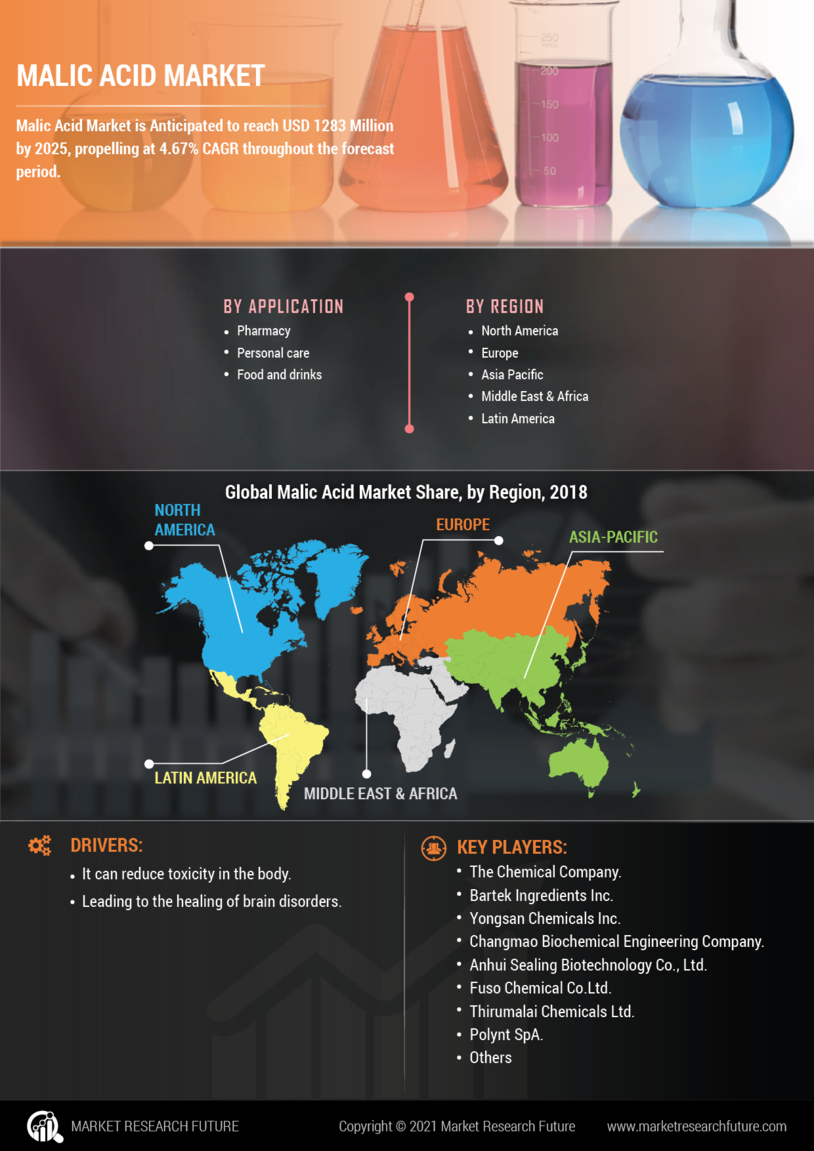

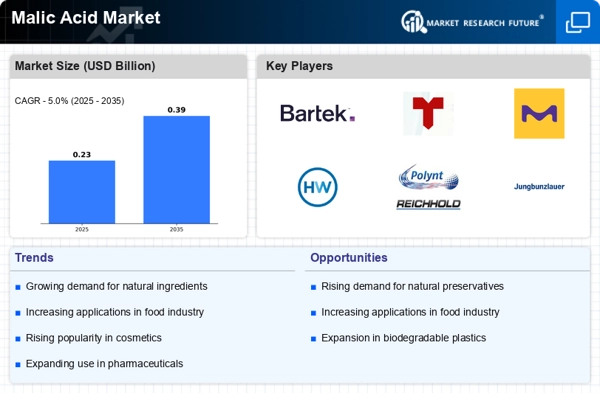

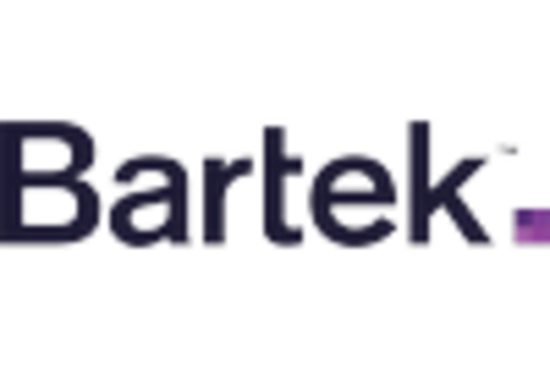
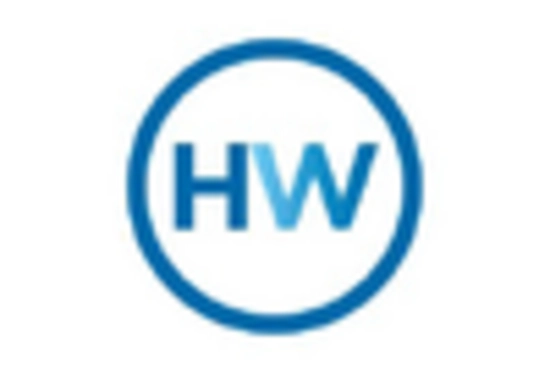
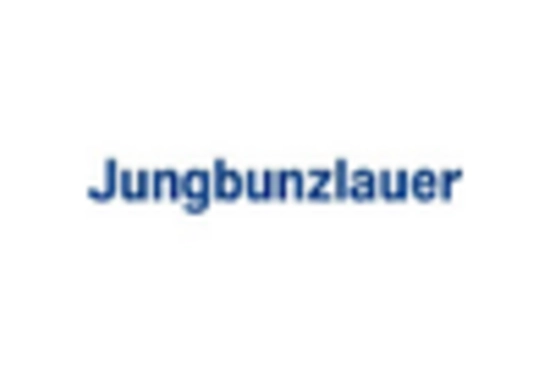

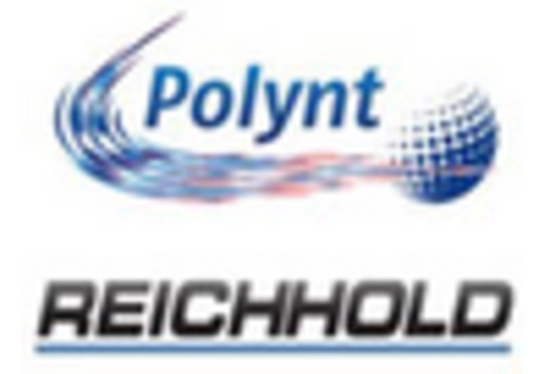
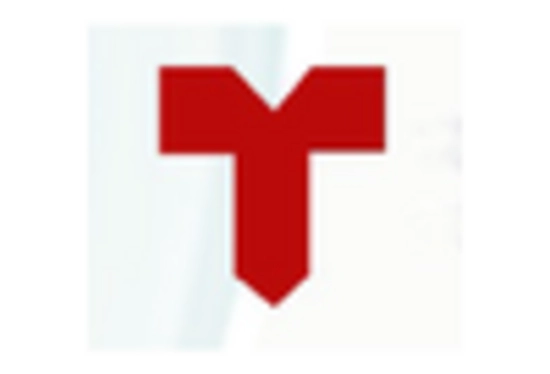








Leave a Comment